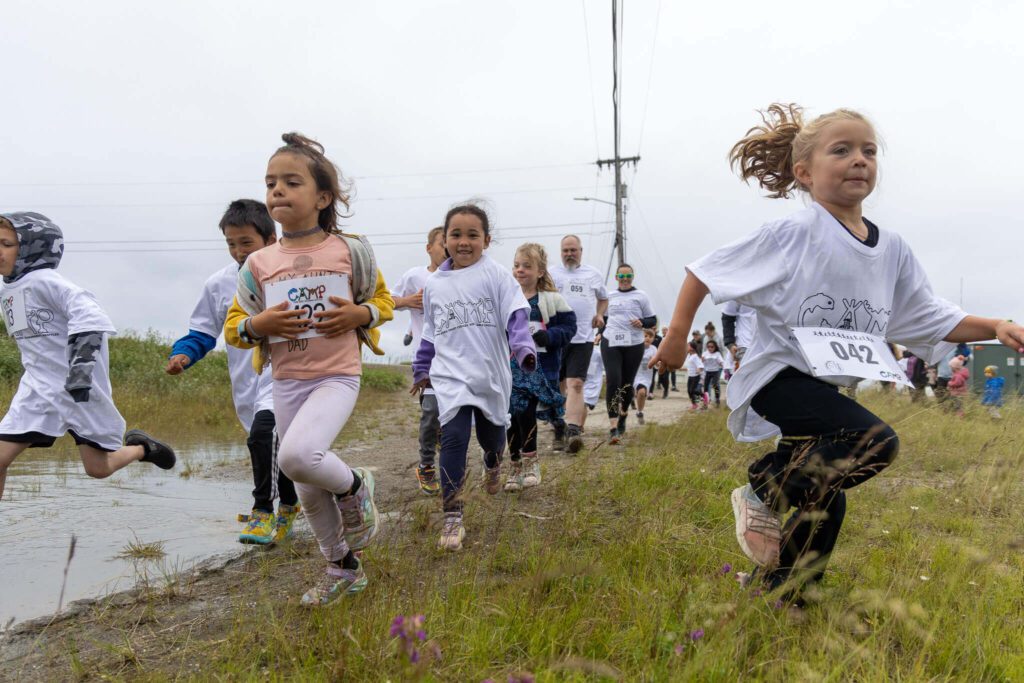Heavy waves are hitting beaches around Norton Sound and the Bering Strait Region — signs of the first full-blown fall storm.
“The highest and most active areas will be in the northeast corner like in Koyuk bay and from Golovin to Unalakleet along the coastline,” said John Lingaas, a warning coordination meteorologist with the National Weather Service. “Somewhat lower sea level rises are expected in Nome and the St. Michael area.”

He said the storm formed over the weekend and is expected to peak around noon on Tuesday. Southwest winds are pushing the storm into the inner Norton Sound, where sea levels are expected to increase three to five feet. The Chukchi Sea and Bering Strait coastlines are weathering the storm as well.
Lingaas said those living in affected areas should expect some beach erosion, but not much inland flooding.
“This is what I would characterize as a moderate storm, because we’re not looking at very high water levels,” he said. “The winds are also moderate strength. They’re not extremely strong. But for this to occur in August, that doesn’t happen every year.”
While not unheard of, Lingaas said August storms are very unusual.
“These are all kind of real oddities,” he said. “What’s happening in Norton Sound and the northern Bering Sea over the next couple days — we tend to think of these storms more like September through October timeframe.”
But with the first storm striking now, the National Weather Service is encouraging everyone to move any belongings near the coast and stay safe. Winds and waves are expected to die down Tuesday evening, but Lingaas said a second storm will sweep through on Wednesday.
“People out and about traveling should be alert to rises in small streams that might happen quite quickly over the next couple of days,” he said. “You want to be careful where you’re camping if you’re out and away from the villages.”
Lingaas said he can’t point to any particular cause for the early fall storm or make predictions so soon for the rest of the season. However, he did say the fall storm is unrelated to the strong El Niño conditions affecting the state this year. El Niño is the result of warm waters near the equator, and Lingaas said this year’s conditions could mean a warm winter in Alaska.







